Residential Architecture Reimagined: Small Footprint, Big Impact Homes
As cities grow denser and resources become more limited, residential architecture is undergoing a quiet revolution. Architects worldwide are reimagining how to design homes that are compact, sustainable, and deeply connected to their surroundings. The “small footprint, big impact” philosophy proves that size no longer defines comfort, quality, or beauty. Instead, thoughtful design, smart materials, and environmental responsiveness are redefining how we live.
1Rethinking Scale in a Changing World
The shift toward smaller, smarter homes is not just a design trend — it’s a response to global realities. Rising housing costs, urbanization, and ecological pressure have inspired architects to optimize every square meter.
ArchDaily’s overview of small-scale housing notes that “compact architecture focuses on efficiency, flexibility, and minimal environmental impact, without compromising spatial quality.”
Similarly, Dezeen reports that “micro-homes and accessory dwelling units (ADUs) are redefining what affordable and sustainable living can look like in dense cities.”
2Design Strategies for Small Footprints
1) Spatial Flexibility
Movable walls, modular furniture, and convertible spaces allow rooms to adapt to different functions throughout the day. Tokyo’s “tiny house” typology and European urban infill projects illustrate how architecture can expand through use, not size.
2) Connection to Nature
Compact homes often integrate outdoor courtyards, terraces, and large operable windows. By blurring interior and exterior boundaries, small homes create a sense of openness that exceeds their footprint.
3) Material Efficiency
Small homes invite experimentation with low-impact and reclaimed materials. Lightweight timber, cross-laminated wood panels, and recycled steel make construction faster, cleaner, and more affordable.
3Global Examples of Big Impact Design
The Minimod Cabin (Brazil)
Designed by MAPA Architects, this prefabricated micro-cabin occupies just 27 square meters. Built off-site and transported fully assembled, the structure minimizes construction waste and site disturbance. Solar energy and rainwater harvesting make it nearly self-sufficient.
Micro House in Tokyo (Japan)
In one of the world’s densest cities, Tokyo’s architects continue to redefine micro-living. The “Nakagin Capsule Tower” legacy has evolved into custom homes built on tiny urban plots — often under 50 square meters — designed with triple-height ceilings and translucent façades to create spatial drama.
CABN Off-Grid Homes (Australia)
In South Australia, CABN designs minimalist off-grid cabins powered by solar energy and constructed with local timber. Each unit provides a compact retreat while promoting ecological awareness and minimal living.
4Social and Environmental Benefits
Small-footprint architecture offers more than aesthetic or technical advantages — it also promotes social and environmental well-being.
According to Building Design + Construction, “compact housing uses up to 40% less energy and materials than conventional homes while fostering affordability and community density.”
5The Future of Compact Living
Looking ahead to 2026 and beyond, architects are integrating advanced technology into small-home design. Smart-home systems, AI-assisted energy management, and prefabricated modular construction will make small homes even more efficient and accessible.
“Designing for adaptability and reuse,” states a recent RIBA Journal report, “is key to making small homes relevant for future generations.”
Conclusion
The era of “bigger is better” is over. The most forward-thinking architects are demonstrating that small-footprint homes can deliver outsized impact through design intelligence, environmental care, and cultural sensitivity.
Whether it’s a prefabricated cabin in Brazil, an urban micro-house in Japan, or an off-grid retreat in Australia, these projects redefine domestic life for a more balanced, sustainable future.
In 2026, the true measure of architectural success may not be how much space we occupy, but how deeply that space allows us to live.
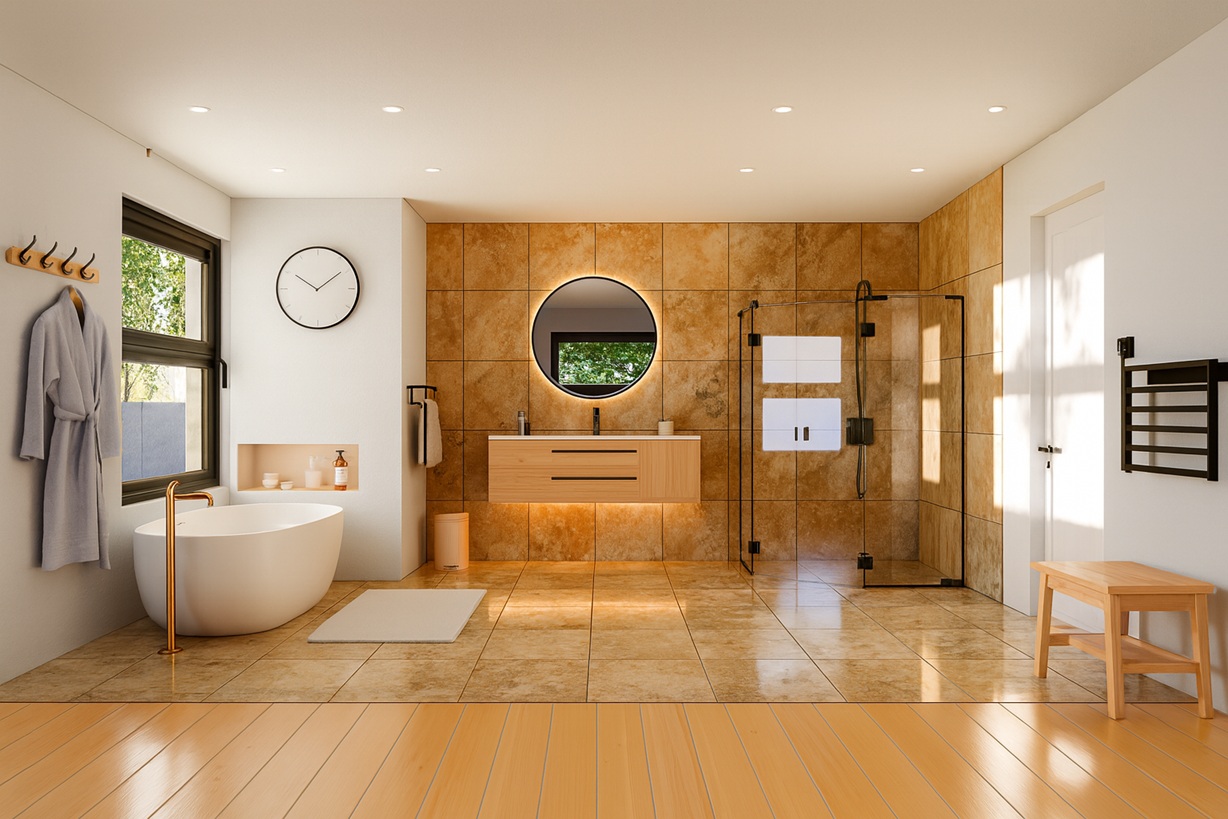
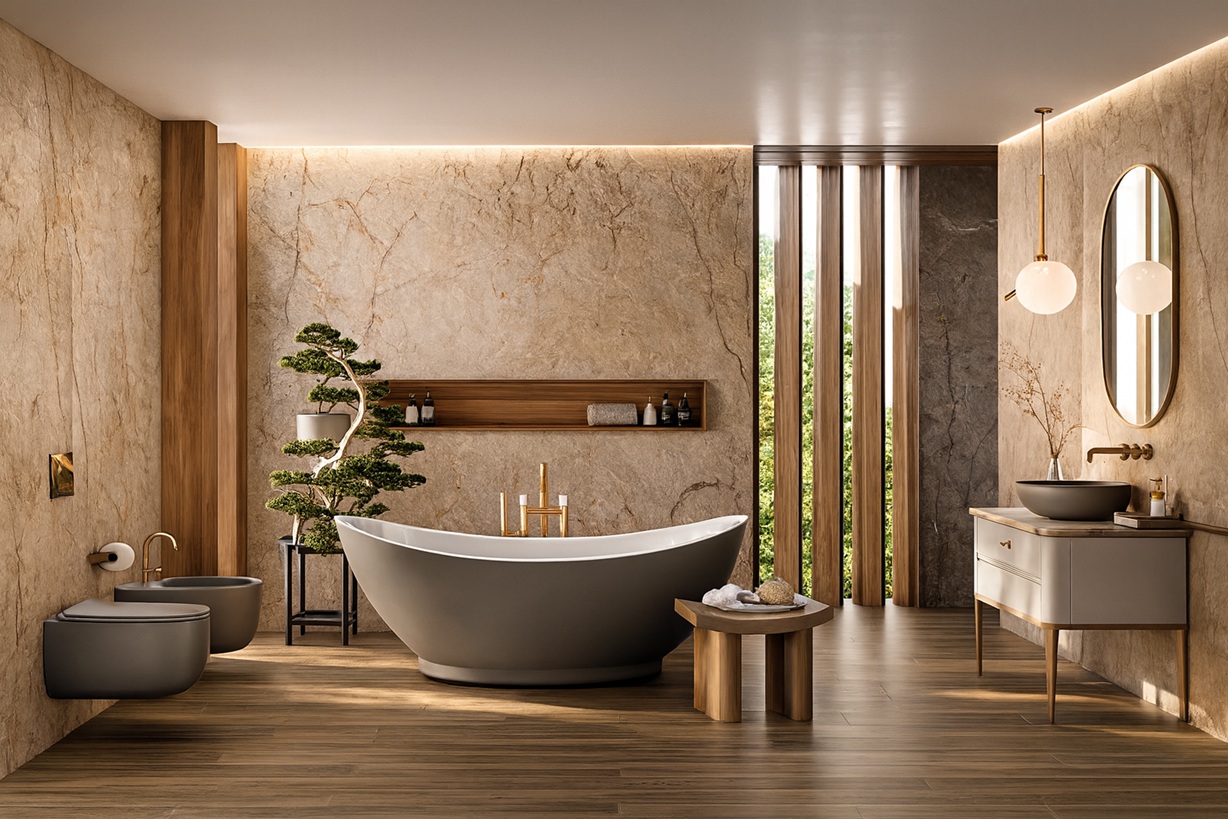
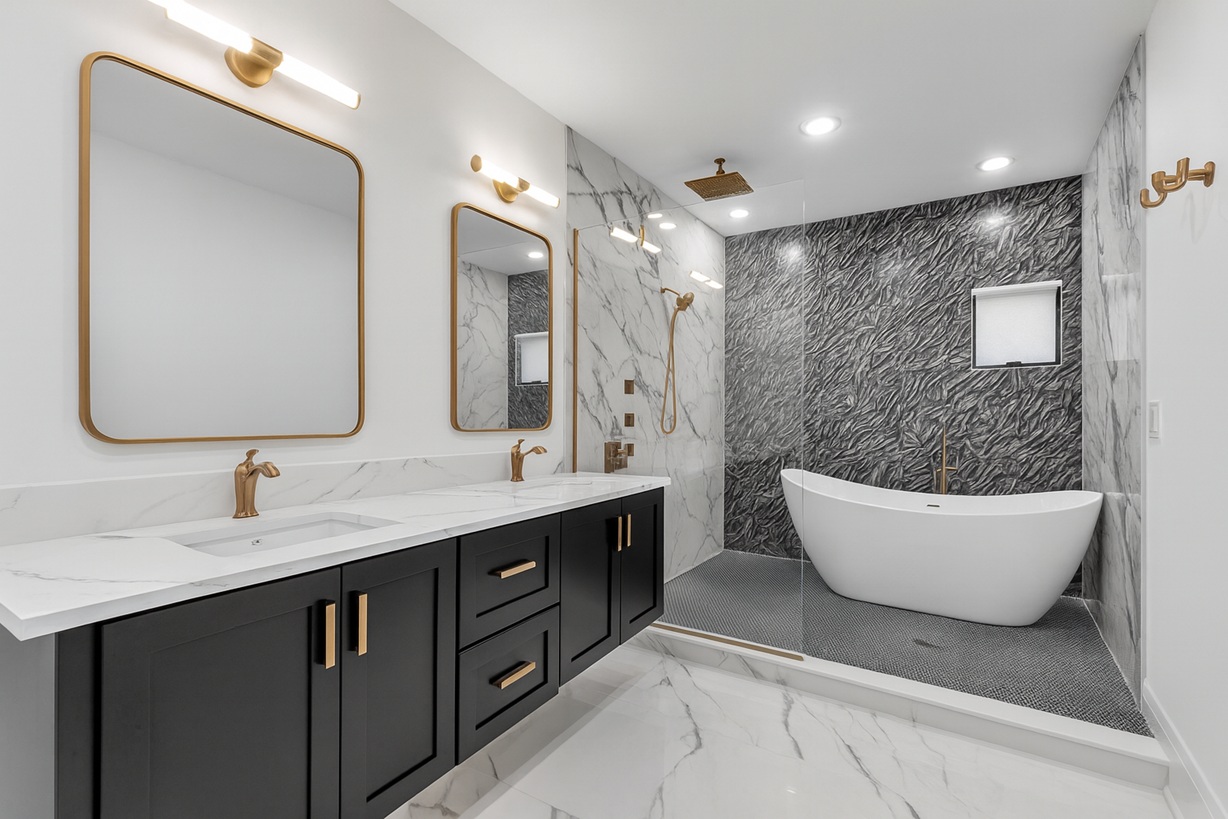
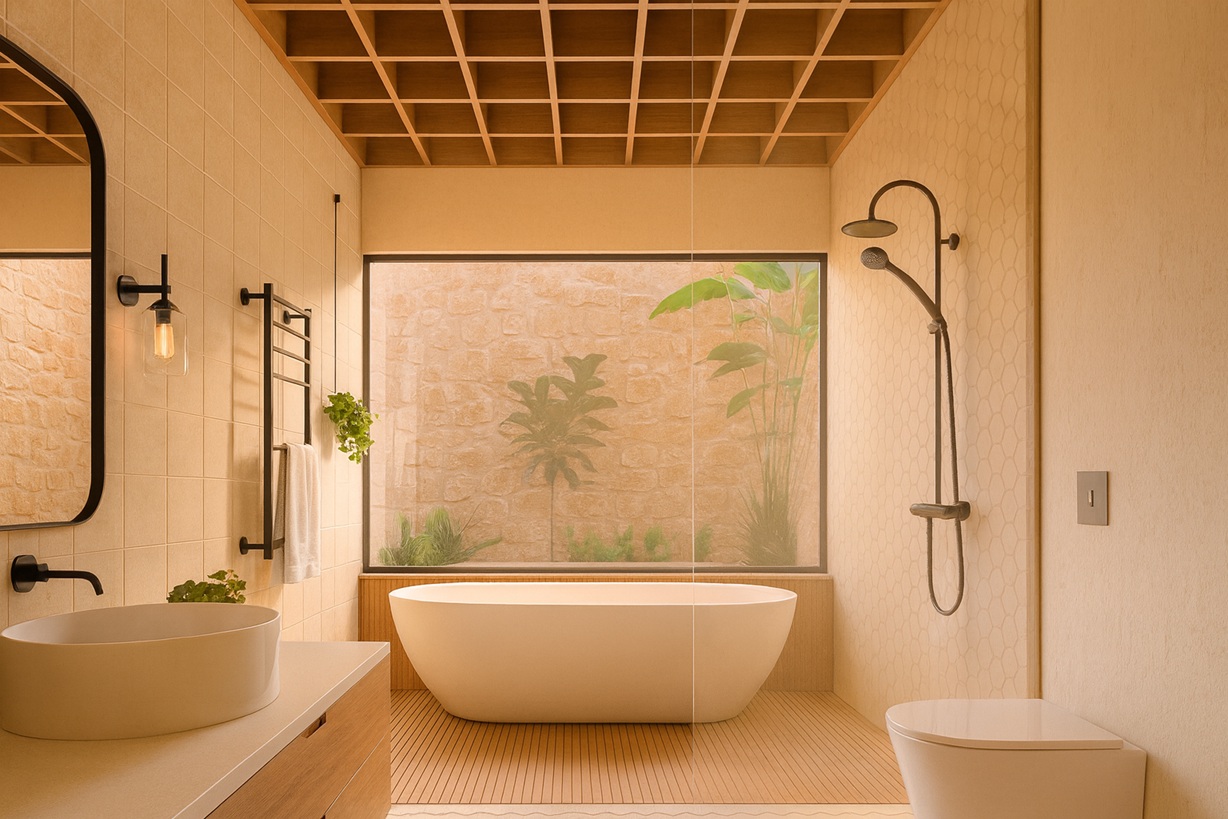
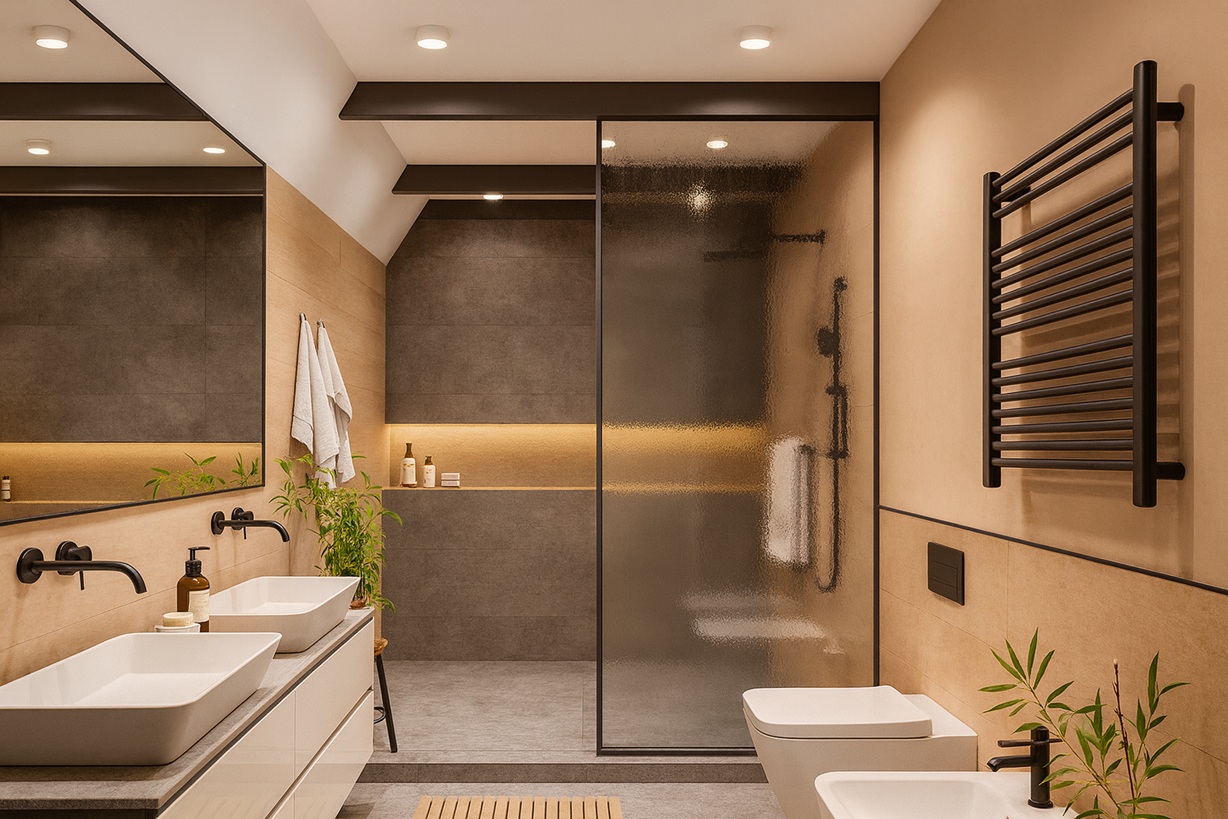

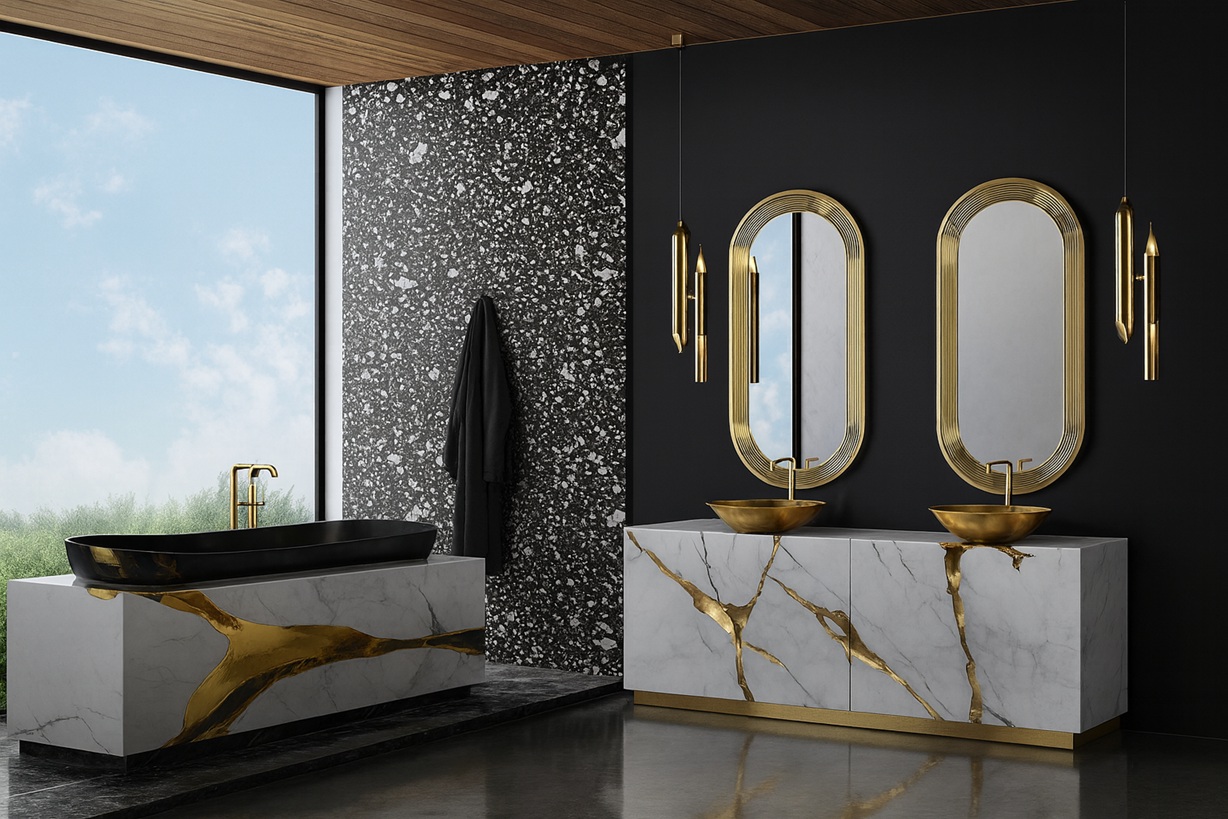
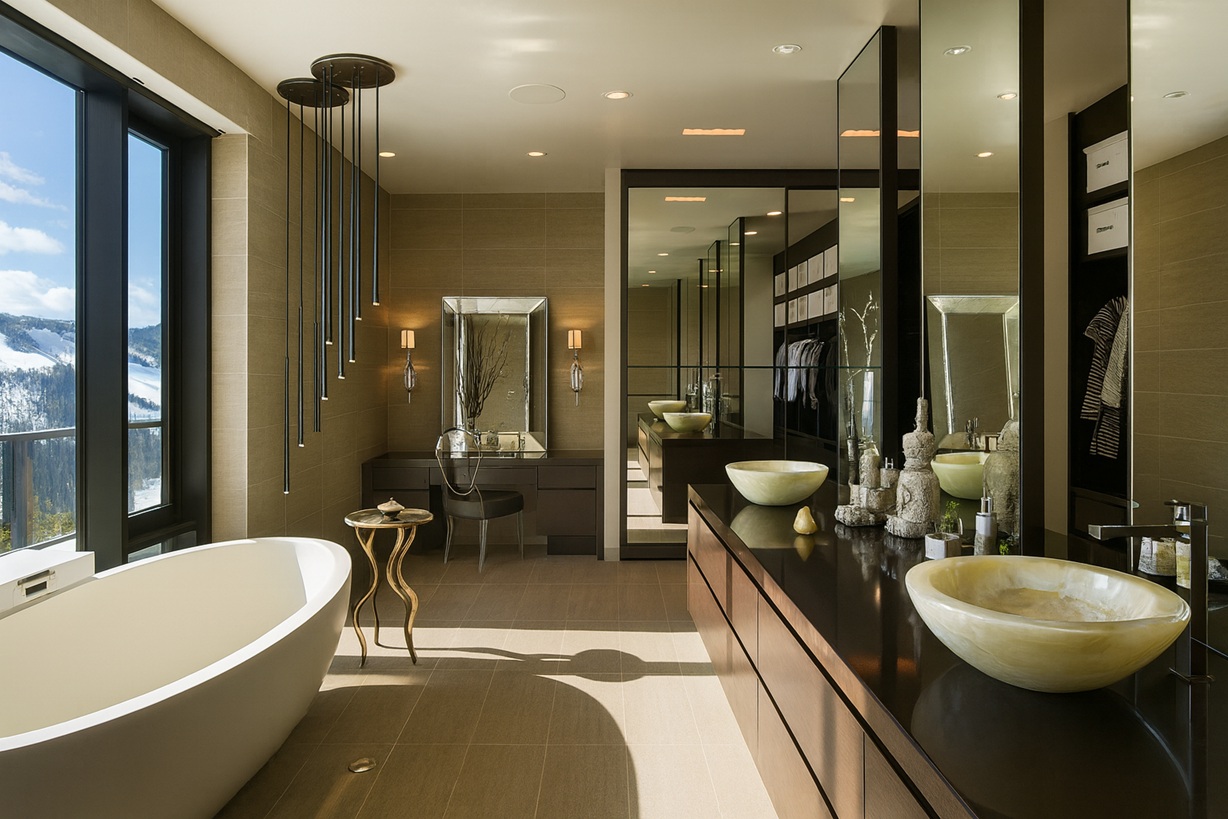

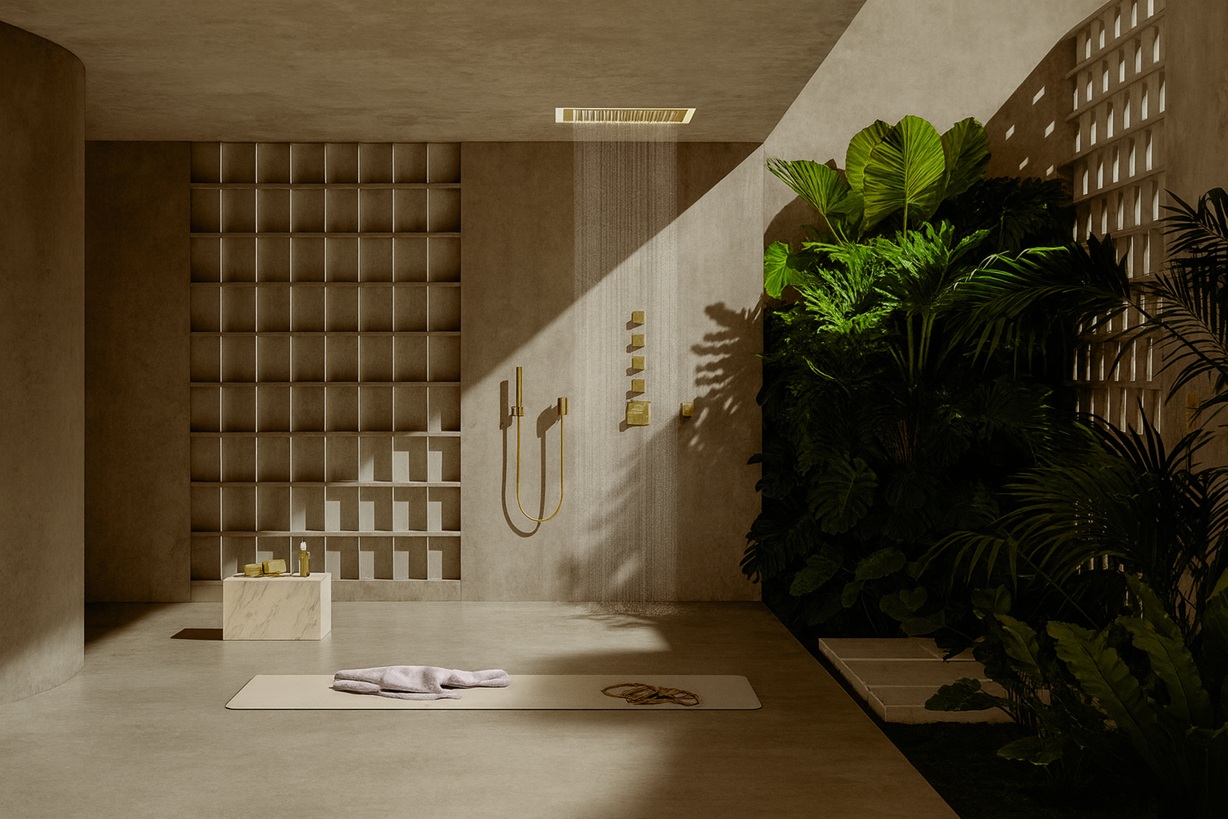
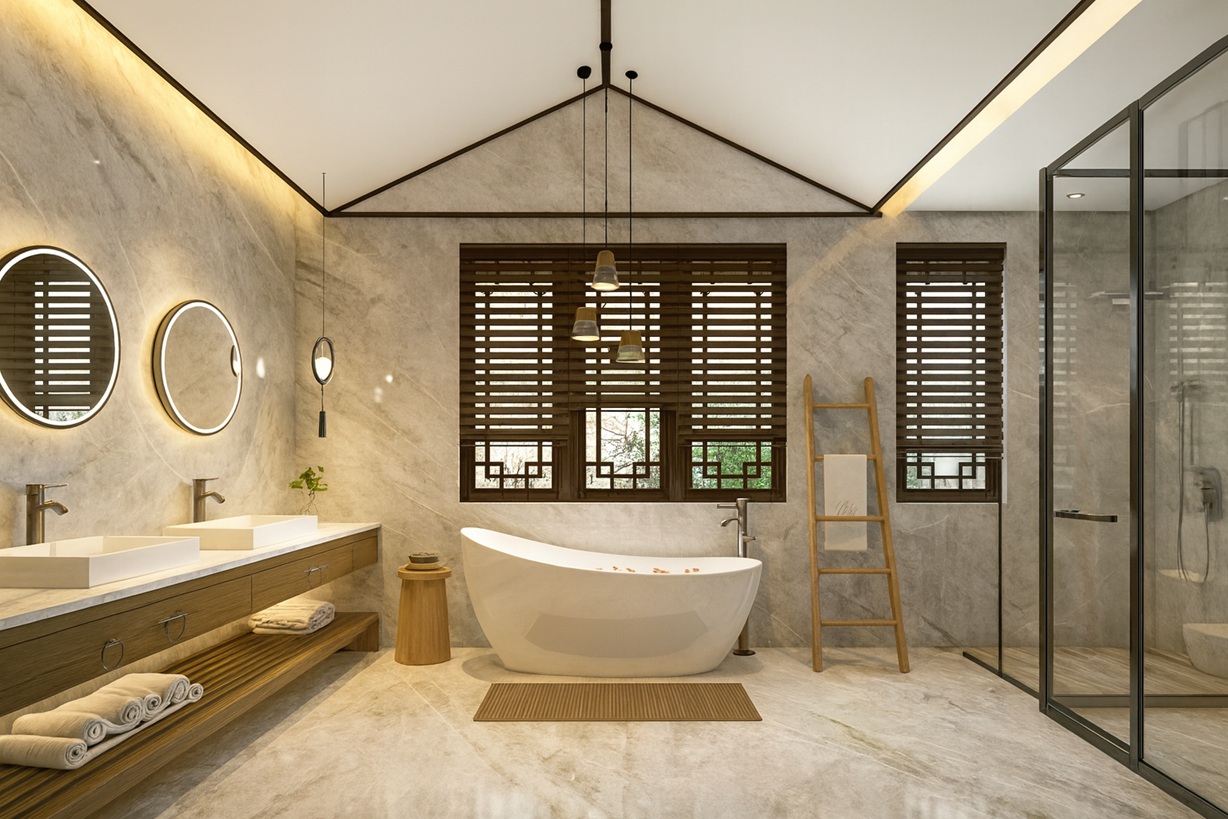
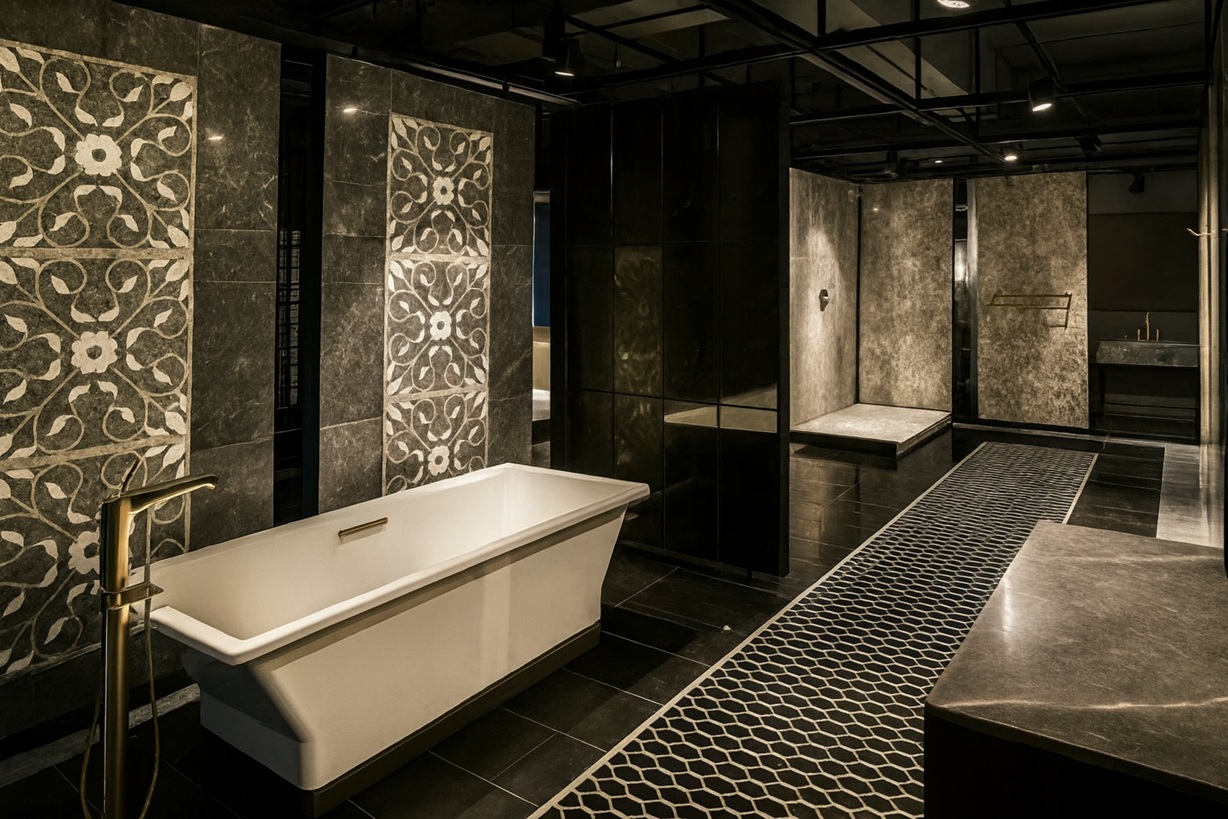
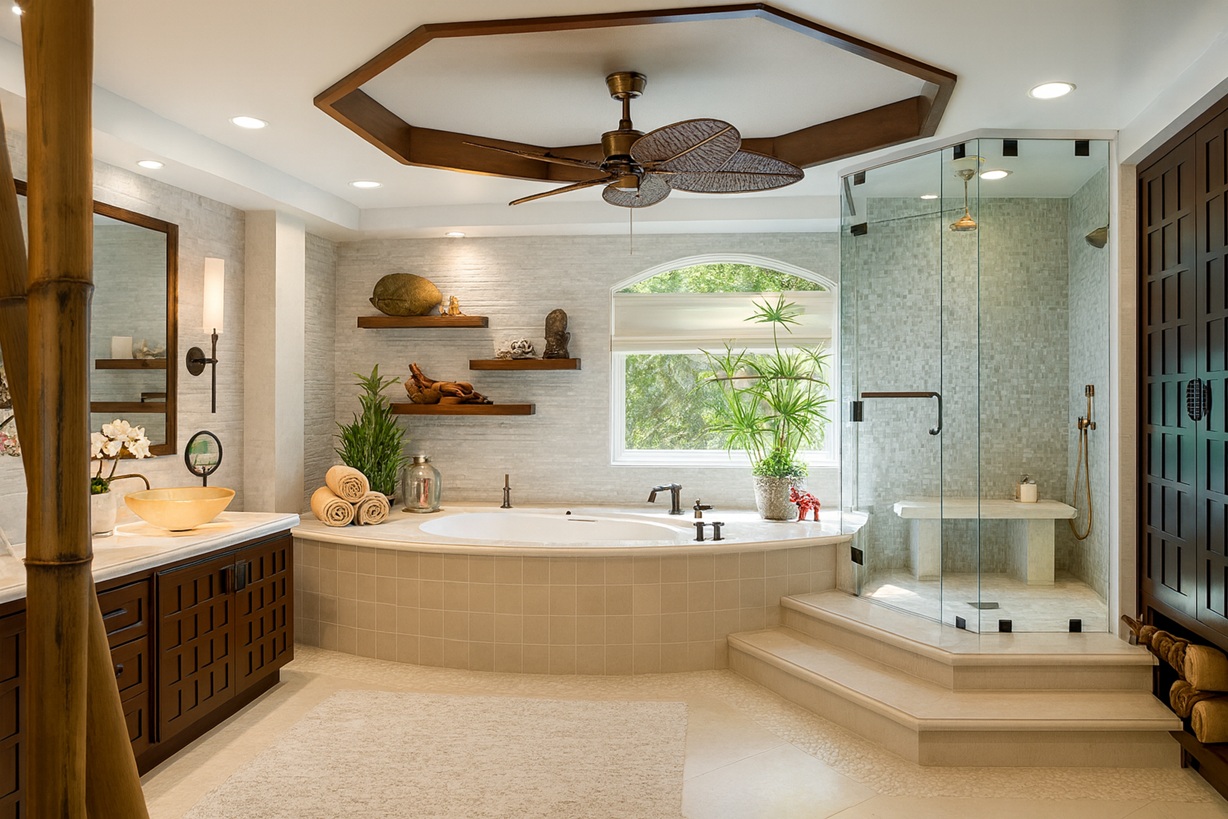

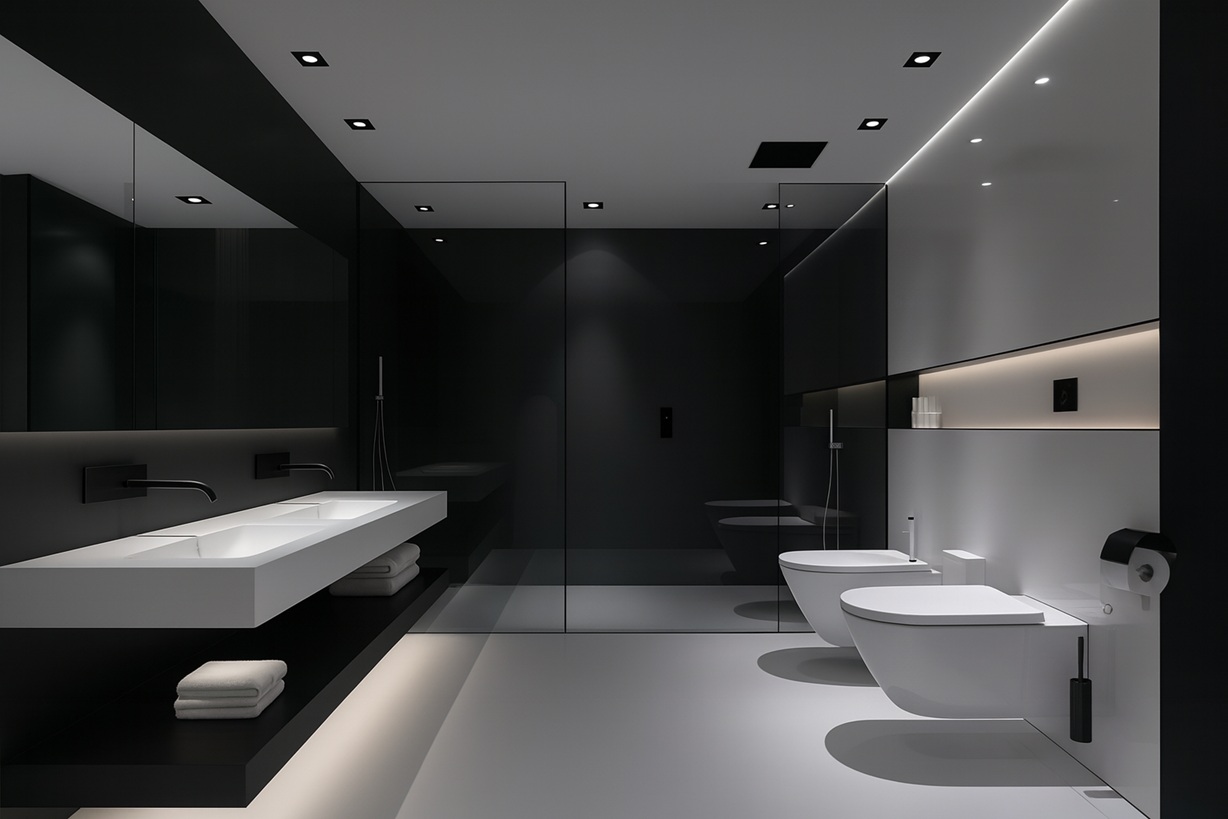
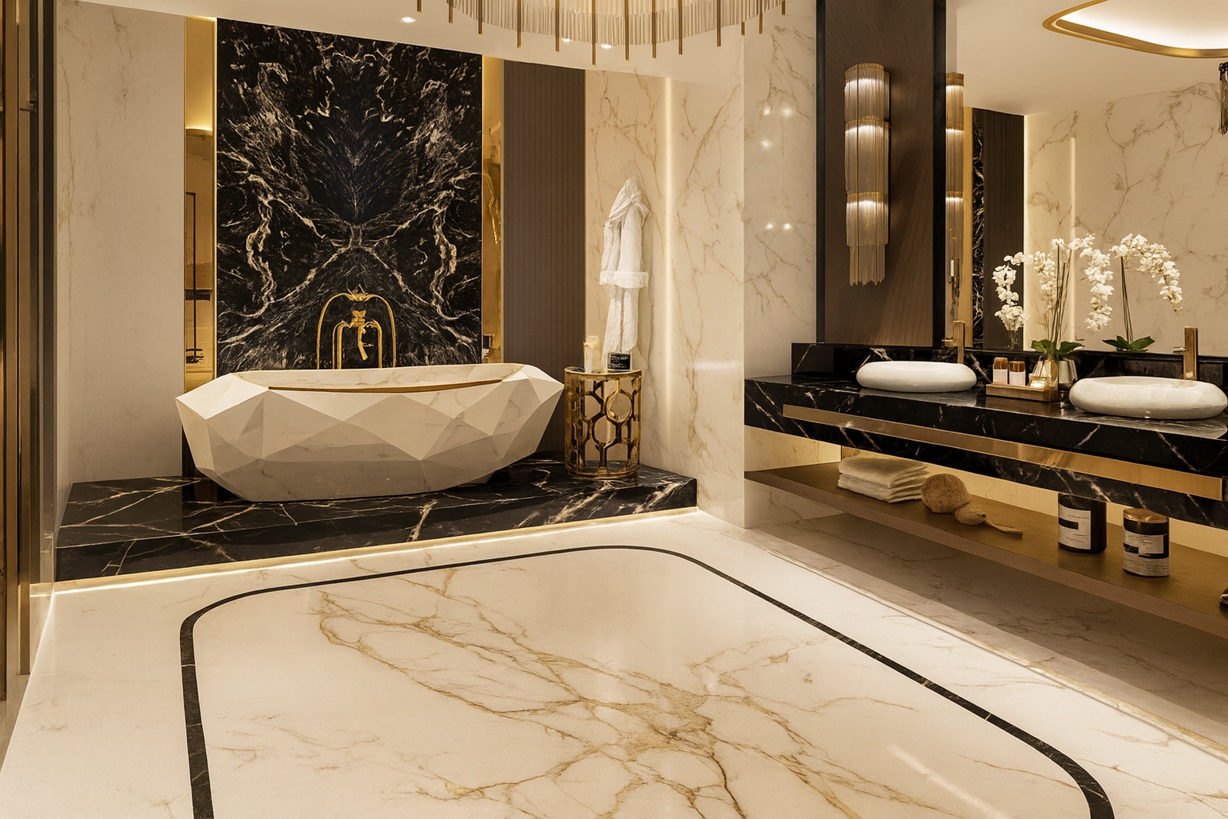
No responses yet